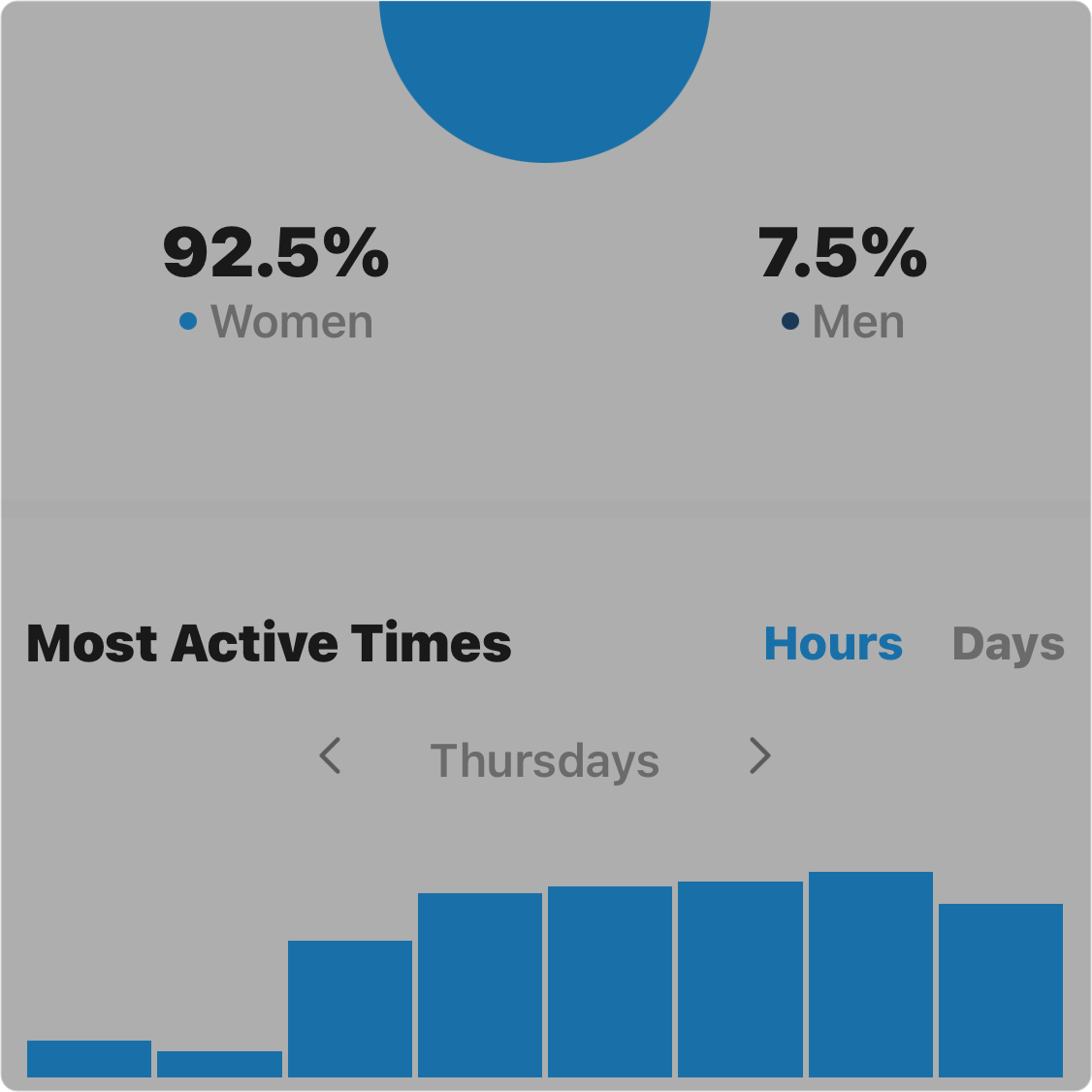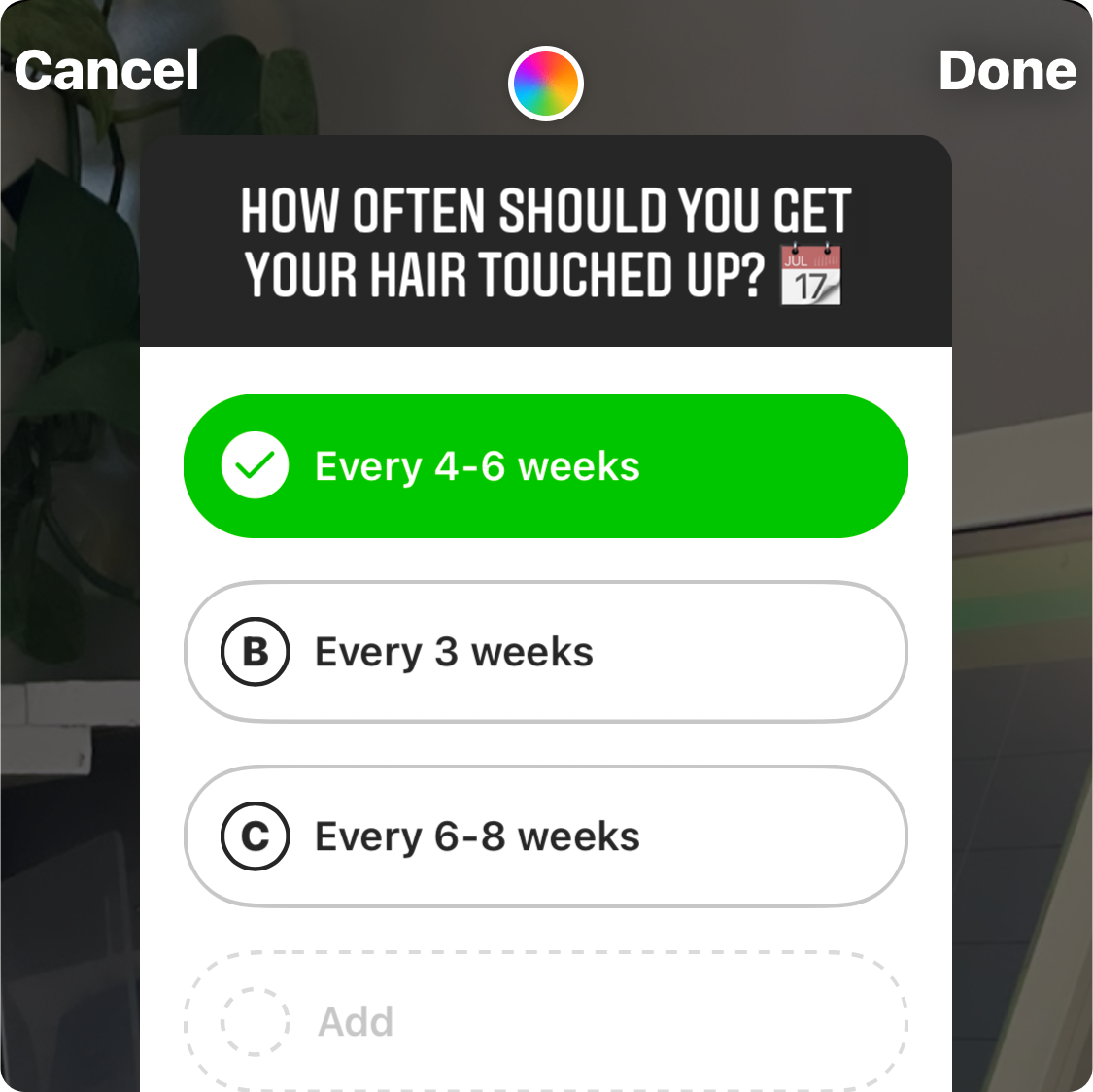‘The link between Social Media and User Experience’
social media
a virtual technology that facilitates the sharing of ideas, thoughts, and information through the building of networks
My Role:
About 3 years ago I was asked to help create a brand and maintain the social channels for a new local business. I became the primary 🎉 Brand Designer and Social Media Manager for a small shop called Color Room. In this article I discuss how building your online presence around your central users can create an impactful and concise omnichannel experiences.
Social Media as UX Research:
In general UX focuses on needs while Social Media centers on influence.
However, clear and engaging experiences online help keep companies successful. Nowadays we use platforms like Instagram and Facebook to communicate with our target audiences. Well crafted digital spaces can help small businesses 🏅self-promote and rise to the top.. More importantly: it can help us rapidly get to know our users.
📱 Beyond measuring likes, channels now offer complex insights into followers within reach — Do you know your demographic?
🛒 A great tool for identifying users reactions to using new products or services — Get direct feedback by asking the right questions.
🎙 Asses customer attention with simple call-to-action buttons — Did they accomplish their goal with a simple ‘swipe’?
📮 Online is often the first impression for potential employees and clients — Good design builds trust. Who do you attract?
-

Knowing Your Audience
A lot of platforms have pre-baked insight tools to get to know your users. Build your social strategy around their interests, preferences and behaviors .. Instagram even allows you to narrow down age, gender, and location.
-

Asking the Right Questions
Next find out what they are doing on the channel. Are they there for inspiration? A look behind-the-scenes? What kind of content and format? Don’t be afraid to ask directly with polls or open questions.
-

Accomplishing Goals
Define some pain points. For example, once the pandemic hit our customers needed a lot of guidance on returning to the salon. We worked with our users online to build a reasonable timeline and regulations.
-

Attracting the Right Users
Based on your various buyer personas, you’ll have different kinds of clients.. but you’ll also have a general sense of who your base is. All in all, we like customers who return every 4-6 weeks for touch ups.
Client Personas:
We tend to be honest in what we like or don’t like online. If you are attentive to comments and feedback, who follows you, and when those people mention your brand name it will shed light 🔦onto who your complex customers are.
The next thing you can do is investigate your customer reach by developing user personas.
Since the salon has a wide array of client types.. we need to solve for a wide variety of pain points:
For example, Lisa visits every-other-month as root maintenance and Jemma just twice-a-year to get the latest trending cut and color. The first persona has a drastically different familiarity with technology than the second —one scans sub copy text and the other reads large headlines only. How can we cater to both?
⚖️By balancing creative content strategies with data about your users, you can make custom solutions that serve each of your digital audiences. Consider these guidelines for creating the best usability for potential and current clients. We want personalized experiences that are consistent for the context of each persona.
Defining your end users ahead of time will make it easier to write copy for your posts or select topics that will resonate. 📊You will see an increase in loyalty. 🛒You will have a better idea of what retail products to stock. You’ll be able to write educational content 📸that can help solve your ideal client’s problems.
The links between Social Strategy + UX:
Through social media we can create new conversations, ask and answer questions, and rediscover our audiences to help refine our content. In conclusion, our users are always in mind. Here’s how the 3 UX commandments can relate to omnichannel presences:
📍Make it Useful:
- Put the key message first and break it down with meaningful headings
- Prioritize information to increase find-a-bility
- Use short sentences, concise paragraphs, and lists
- Choose the simplest word that has the right meaning
- Reply directly to questions ‘in-feed’ to reiterate information
📍Keep it Useable:
- Assume people will skim and stop
- Remember accessibility for all users (Use Captions and Alt Text)
- Use interactive features that showcase products and services
- Accomplish user goals with an easy click or swipe
📍Ensure it’s Desirable:
- Engage audience with an active voice and strong verbiage
- Avoid information pollution — Stop posting too frequently
- Creating a defined style guide for multiple content contributors
- Stay consistent on all platforms to create a memorable brand

